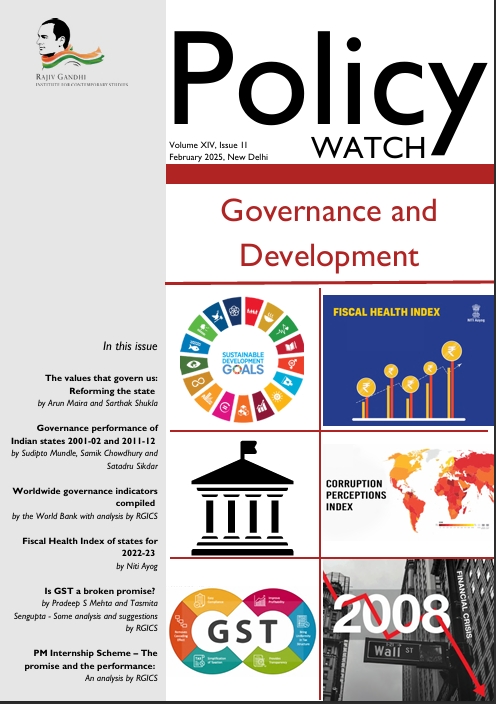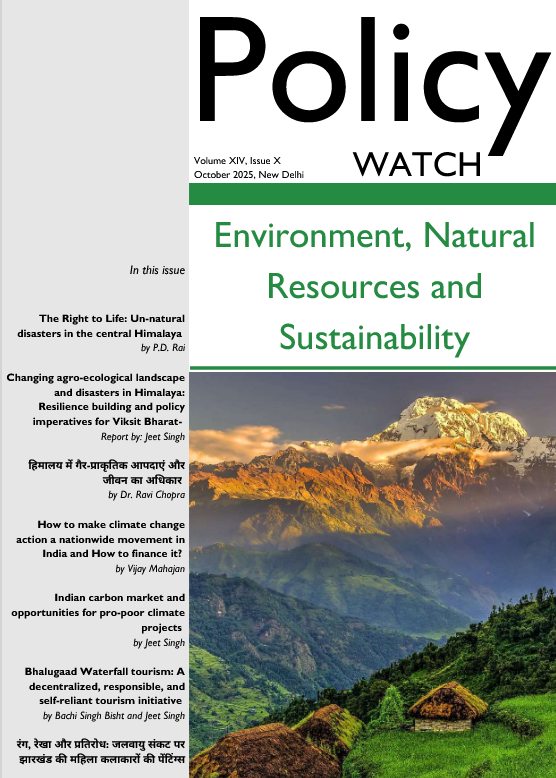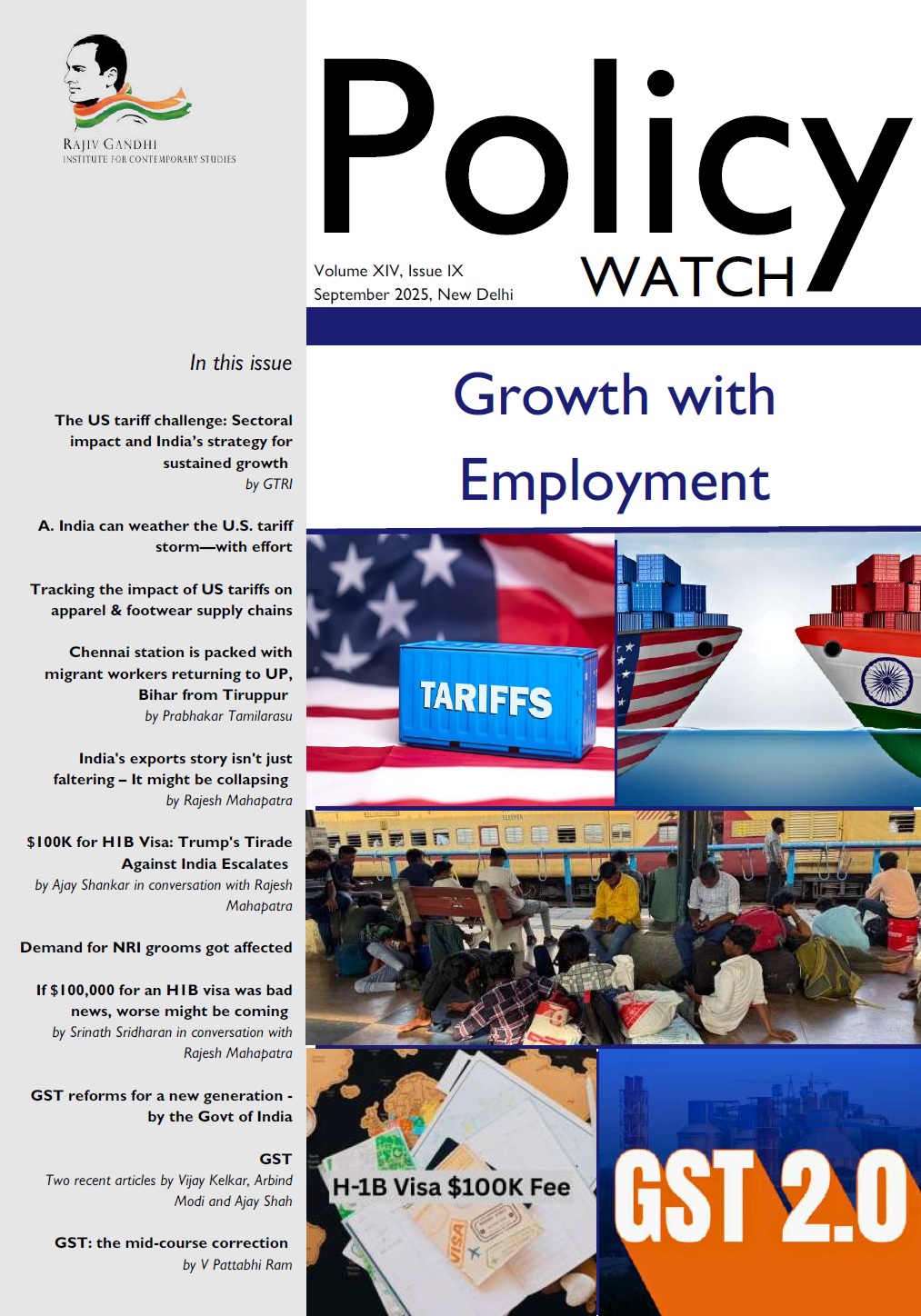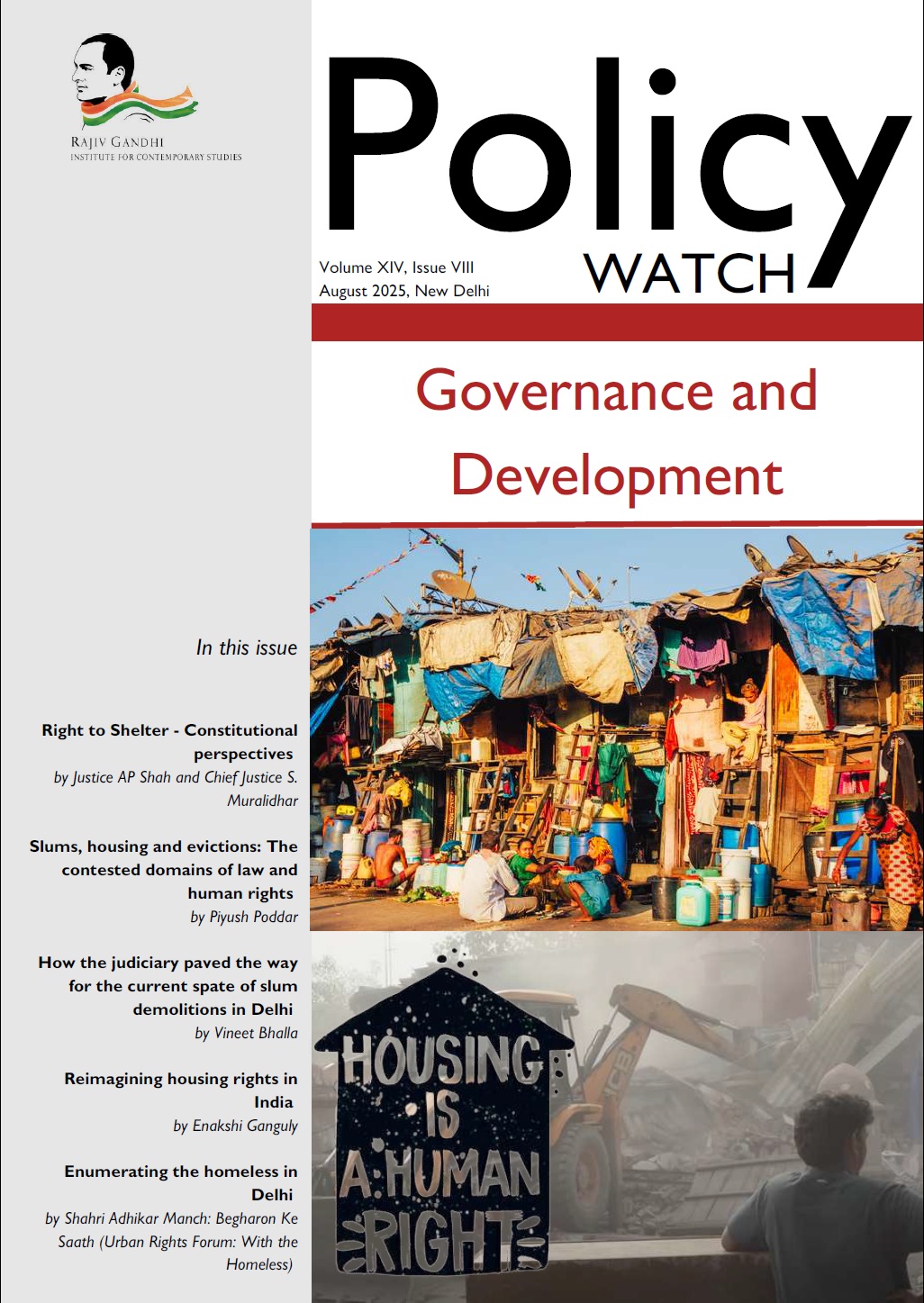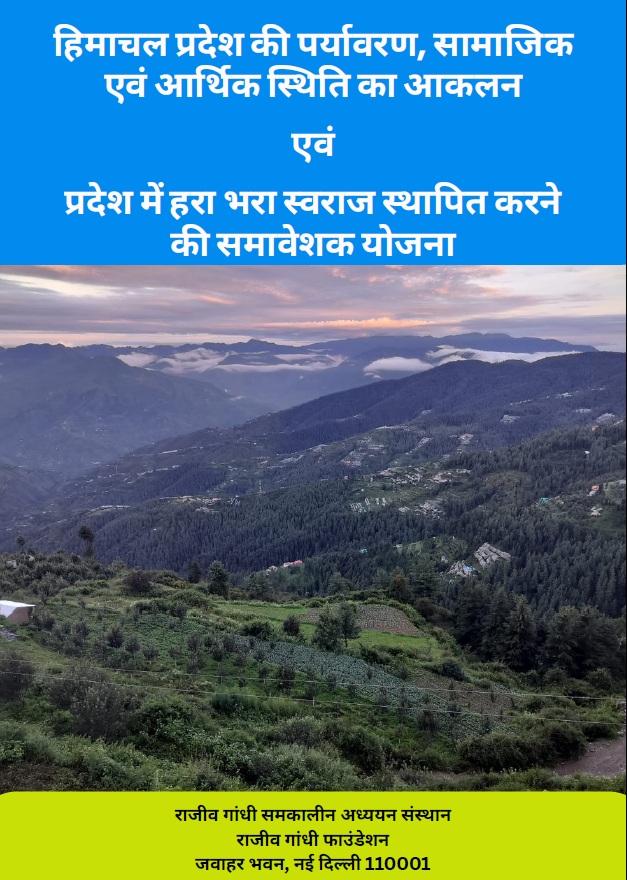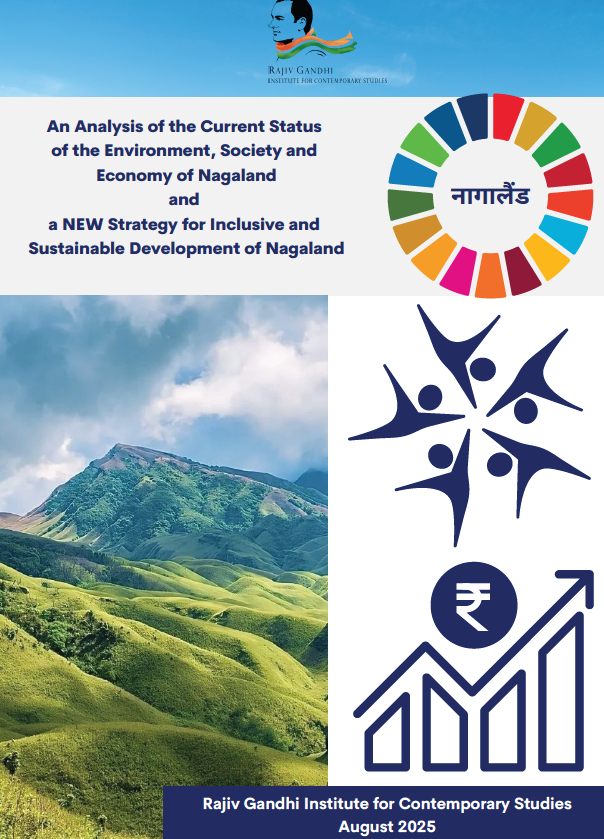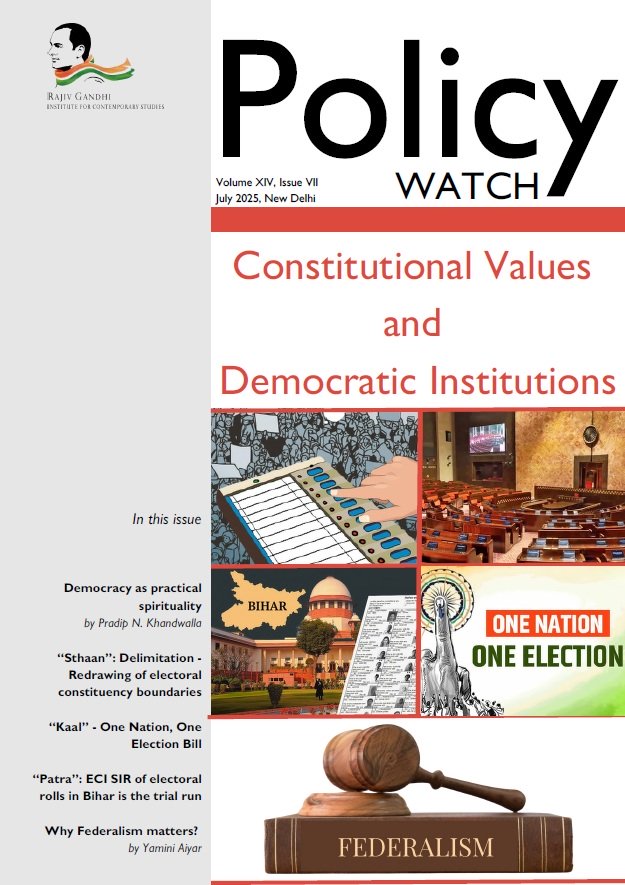We carry six articles here, some taken from other publications, and republished because of their relevance to the contemporary challenges of Governance and Development in India. Other articles have been put together by the RGICS staff. The first article by Arun Maira and Sarthak Shukla is at the level of the philosophy of Governance and development. They make the point that States are systems composed of political, social, and economic institutions. They assert that the system of governance of a state is composed of: (1) two sets of institutions – economic institutions which measure outcomes in money values and social institutions which measure outcomes in human values; (2) interactions of these institutions with the natural environment; and (3) the process of governance that shapes the state’s policies.
The conflicts between money values and human values guide the various actors whose interactions form the policies of the state. They assert that the well-being of individuals depends on the well-being of their societies and natural environment. Impacts of public policies should be measured by the strengthening of local community systems, rather than delivery of benefits to individuals within them. To truly be a democracy, people must participate in the formation of the policies by which they will be governed. Experts must listen to the people. That is the only sustainable way to create harmony and improve the well-being of everyone.
From this philosophical level of values and institutions, we move to excerpts from a 2015 classic work by Prof Sudipto Mundle and his colleagues Samik Chowdhury and Satadru Sikdar. After delving into what is governance, and an extensive literature survey of how it can be assessed, they chose governance indicators derived from the three pillars of the state, i.e., the executive, the judiciary, and the legislature. “However, given the context of a developmental state, the emphasis is on the executive branch of government that is responsible for delivering most public services either directly or indirectly. Moreover, the choice of indicators has been limited to official data on objective variables. No data on perceptions of ‘experts’ or even random sample perception surveys have been used. Fourteen indicators have been selected that capture delivery of five broad classes of outputs, namely, infrastructure; social services; fiscal performance; justice, law & order; and quality of the legislature.”
They then constructed a Governance Performance Index (GPI) from these 14 variables and a Development (GSDP per capita) Adjusted Governance Index (DSGI). They then computed the GPI for 2001 and 2011 and the DAGI for 2011. Their analysis ranked Gujarat, followed by Tamil Nadu, as the two best performing states in 2001 as well as 2011. But in terms of the DAGI, Chhattisgarh and Madhya Pradesh ranked no 1 and 2 while Tamil Nadu came down to the 4th and Gujarat to the 6th rank. Bihar which was ranked 19th and last in GPI, rose up to the middle 10th rank when the DAGI was ranked. Unfortunately, the pioneering study by Mundle et al was never replicated in later years.
So, we looked at the Worldwide Governance Indicators (WGI) compiled by the World Bank since 1996 every year, using 30 data sources. This is described in the next article put together by RGICS staff. The WGI has five components Voice and Accountability; Political Stability and Absence of Violence/Terrorism; Government Effectiveness; Regulatory Quality; Rule of Law and Control of Corruption. We compared the WGI of India with the other four BRICS countries for 2024 and we also looked at India’s WGI from 2003 every five years. Both the comparisons yield very interesting results. As governance and fiscal health are linked to each other, we carry excerpts from the recent Fiscal Health Index (FHI) of States for 2022-23 report released by the Niti Ayog. The study identifies five major sub-indices to calculate the composite FHI and assess states’ fiscal health.
The five major sub-indices are Quality of Expenditure, Revenue Mobilization, Fiscal Prudence, Debt Index, and Debt Sustainability. Further, nine minor sub-indices are developed, based on specific fiscal metrics, that reflect key aspects of fiscal performance. Based on this analysis, Odisha and Chhattisgarh come out at the top with scores of 67.8 and 55.2, whereas Andhra Pradesh and Punjab are at the very bottom with scores of 20.9 and 10.2. It is hoped that the FHI rankings will lead to more prudent fiscal behaviour by the states, as it is bound to be used by creditors to these states. As the GST is a major part of any state’s revenue, we look at the GST, first by reproducing an article by Pradep S Mehta and Tasmita Sengupta of the CUTS Foundation and then adding some analysis of GST Statistics for seven years, published by the government. We show that 90% of the 1.46 crore GST registered businesses contribute only 20% of the GST and suggest that a much more simplified regime can be established for them, in such a way that the government would not lose any revenue. Finally, we carry an article by the RGICS team on the Promise vs Performance of the PM Internship Scheme.
Policy Watch: Governance and Development – February 2025
Send download link to:

